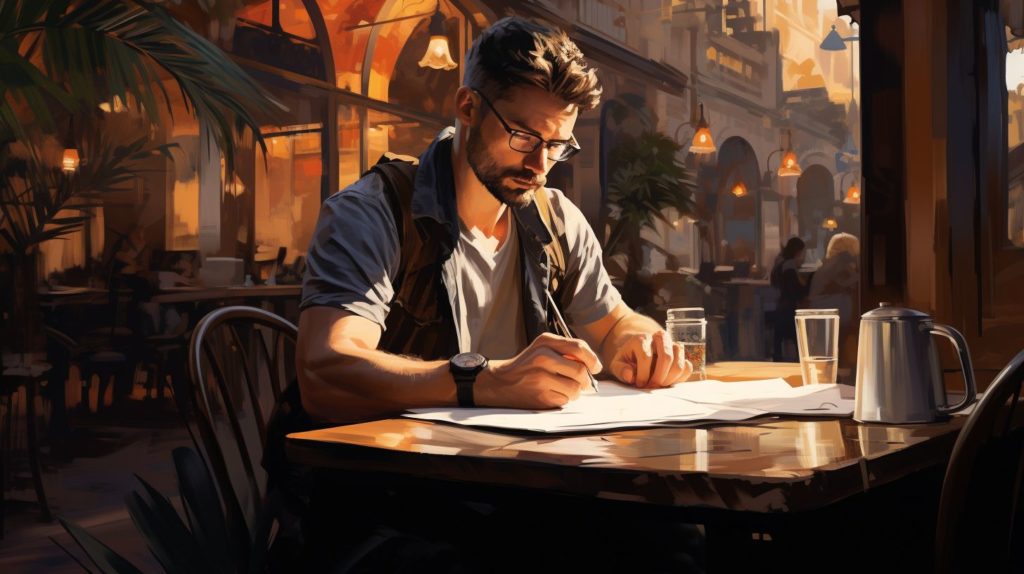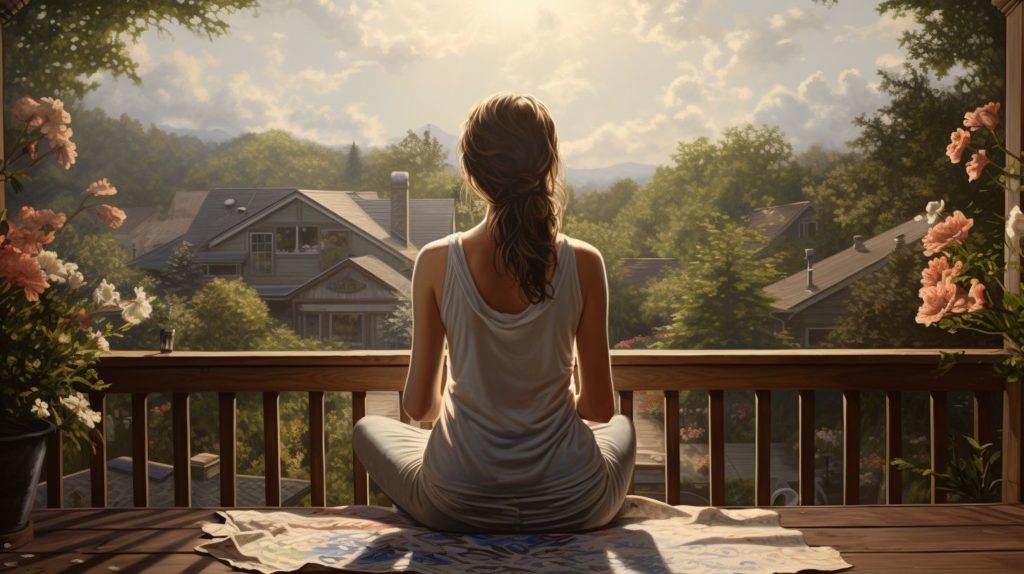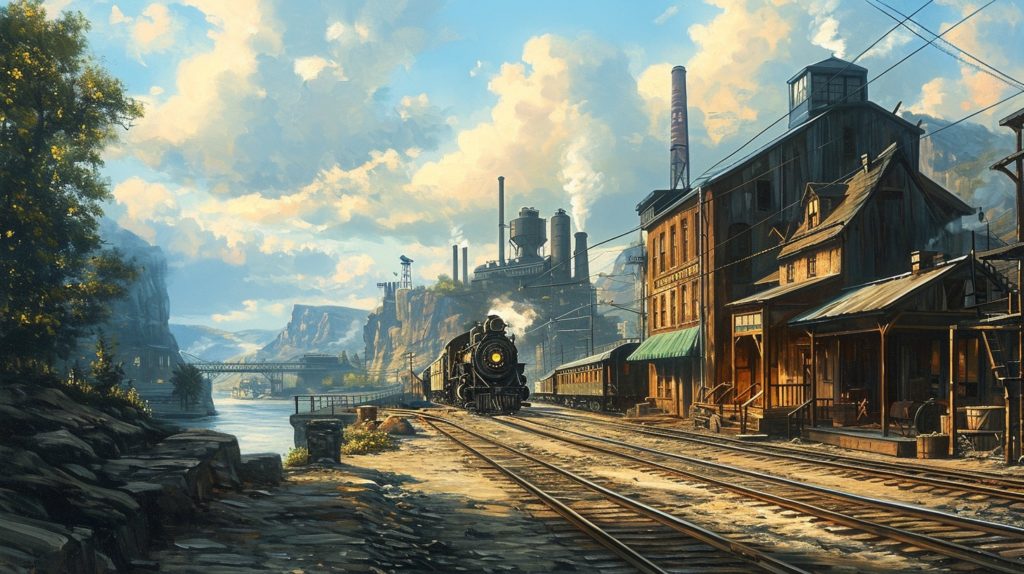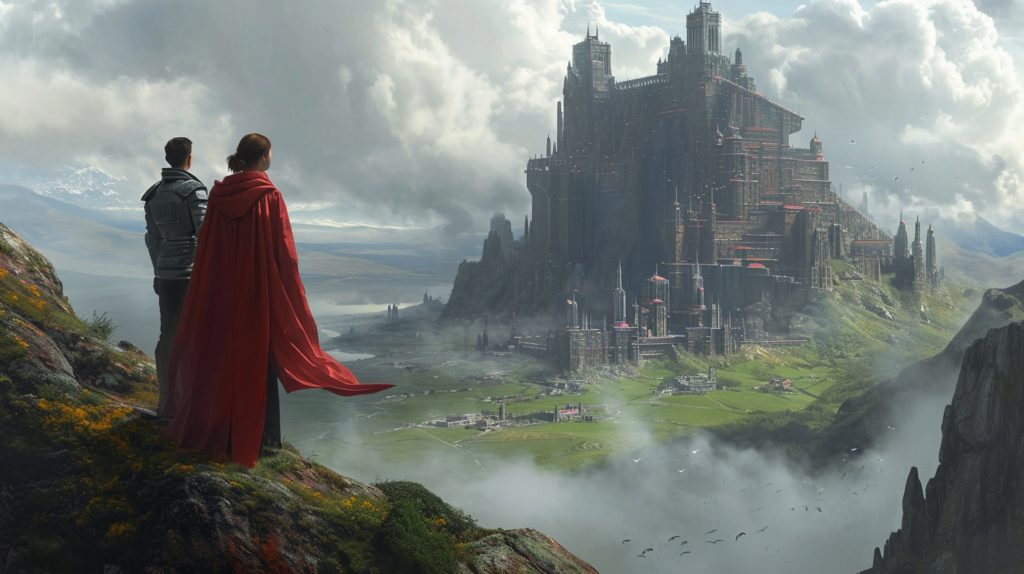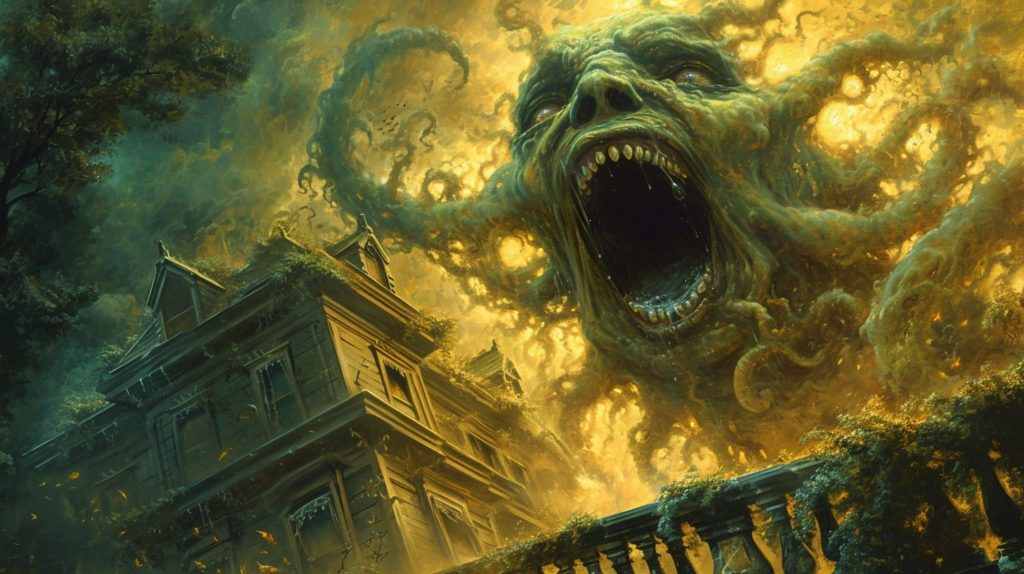
SPIRITUALISM IN THE CREEDVERSE
I’m the author of the steampunk zombie western series, The Adventures of Bodacious Creed, and one thing I’ve known about since starting the first novel, Bodacious Creed: a Steampunk Zombie Western, is the main discovery that revolutionizes the world’s technology also connects to another side.
Okay, what does that mean? Do I mean “the other side,” as in the hereafter? Or another dimension? Maybe. Honestly, that’s all I can really say at this point. This aspect of the luminiferous ether, which is the key that unlocks greater electrical power, basic artificial intelligence, and much more, finally gets revealed in the third novel, Bodacious Creed and the San Francisco Syndicate.
I’m currently writing a short story that involves it as well, and that will be the story my Patreon subscribers will get in mid-February. If you’re interested in reading a lot more Creedverse stories, please sign up for just $5 a month! You’ll be supporting me and my son. I’m a single parent of a terrific kid with autism, and every bit helps.
Spiritualism in the Creedverse goes beyond what it ever could in our world, as mediums no longer need to put on shows with trickery. Here, the hum of machinery and the whispers from beyond the veil exist in harmony for those in the know.
In the final novel in my The Adventures of Bodacious Creed triology, and in my upcoming Patreon story, readers get a glimpse of how technology and the mystical merge. How? With the use of spirit rings, celestium alloy, and the luminiferous ether, Let’s delve into the complexities of connecting with the otherworldly in the Creedverse.
In my envisioned world, spiritualism flourishes at the edge of society amidst the backdrop of an industrial revolution powered by ether, steam, and steel. The movement captures humanity’s enduring quest to pierce the veil of mortality, reflecting the spiritualism movement of our own world.
Real historical figures like Mary Ellen Pleasant, and members of the Theosophical Society, including Madam Helena Petrovna Blavatsky, Colonel Henry Steel Olcott, and William Quan Judge, are around to possibly make appearances in my fiction.
The Spirit Ring: A Technological Marvel
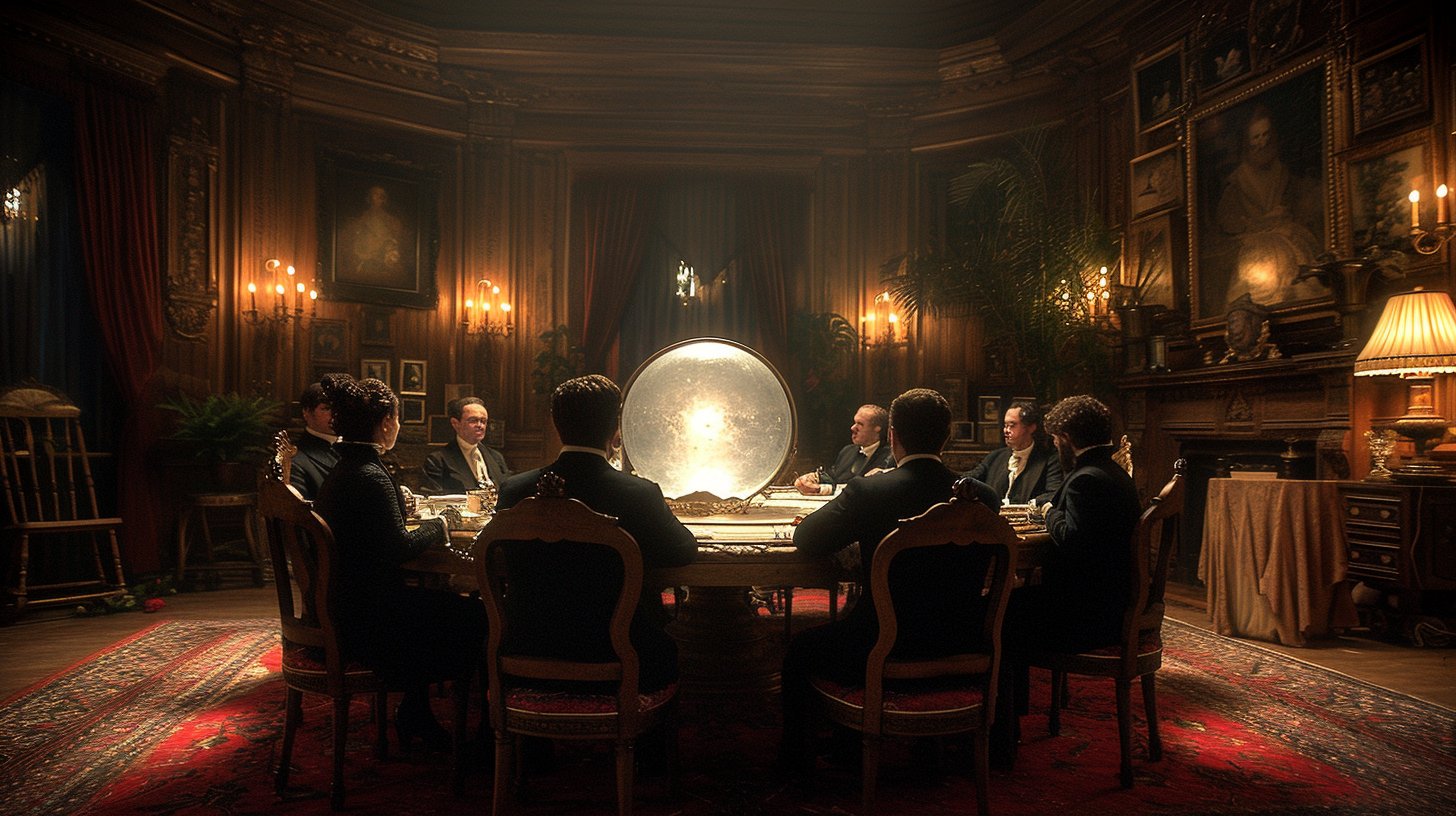
The spirit ring, a creation of my characters Tobey and Esther Ghering, makes it possible for characters to connect with the unknown. This device, infused with a special form of celestium alloy, acts as a bridge to the unseen, enabling communication with voices that seem to emanate from the ether. Through this narrative element, I explore the mystery of these communications: Are they the lingering consciousness of individuals who have passed, or is the ether itself, a collective consciousness, reaching out to the living? The spirit ring is a symbol of the blurred lines between science and the supernatural in the Creedverse, challenging both characters and readers to question the nature of reality and the afterlife.
The Luminiferous Ether: The Creedverse’s Mystical Foundation
The concept of the luminiferous ether, borrowed and expanded from historical scientific theories, serves as the mystical foundation of the Creedverse. This ethereal dimension is the life force that powers the world’s technological wonders and spiritual practices. It’s within this omnipresent–yet other-dimensional–ether that I posit the existence of a repository for human essence. Within it exist thoughts, memories, and perhaps the very soul.
Celestium Alloy: The Key to Unseen Realms

Anna Lynn Boyd, a protagonist in The Adventures of Bodacious Creed and the main character of my upcoming series, The Anna Lynn Cornicals, invented the first celestium alloy and several variations of this versatile metal, which draws the luminiferous ether into her world.
Later, others, including the Gherings, created their own formulations with other powerful properties. And, the Gherings distributing their sprit rings marked a juncture in the Creedverse, bridging the gap between the tangible world and the realm of spirits. Their form of celestium alloy serves as the backbone of spirit rings. Place a crystal ball on top of one of these rings, and the vibrations resonate with the energies of the ether and the human mind.
To explore spiritualism in the Creedverse, I combined it with my fictional celestium alloy, allowing me to explore the intersection of technology and the supernatural. I wanted to raise questions about the mechanisms of communication with the spirit world, inviting readers to ponder whether these interactions are grounded in science or if they touch upon something more profound and inexplicable.
The Creedverse Conundrum: The Intersection of Science and the Supernatural
So, are these phenomena rooted in scientific principles, or do they venture into the realm of the metaphysical? Though characters will surely debate this in the Creedverse, I don’t know if I’ll ever fully answer that question. Instead, I’d like to challenge readers to navigate the murky waters between empirical evidence and the mysteries of existence. I aim to not only captivate the imagination but also to provoke thoughtful consideration about consciousness, the possibility of an afterlife, and the essence of what it means to be human in a world where the boundaries of reality are constantly being redefined.
In weaving the narrative of the Creedverse, I’ve endeavored to create a world where the marvels of technology coexist with the enigmatic allure of the spiritual, where the quest for knowledge and understanding transcends the confines of the physical world. It’s a realm that invites both characters and readers to embark on a journey of discovery, to question the limits of human understanding, and to marvel at the mysteries that lie at the heart of existence.
And, if there is no afterlife, our thoughts, shared in stories, articles, blogs, social media posts, and more will continue on for a long time, like memories in the ether.
“More smiling, less worrying. More compassion, less judgment. More blessed, less stressed. More love, less hate.” ~
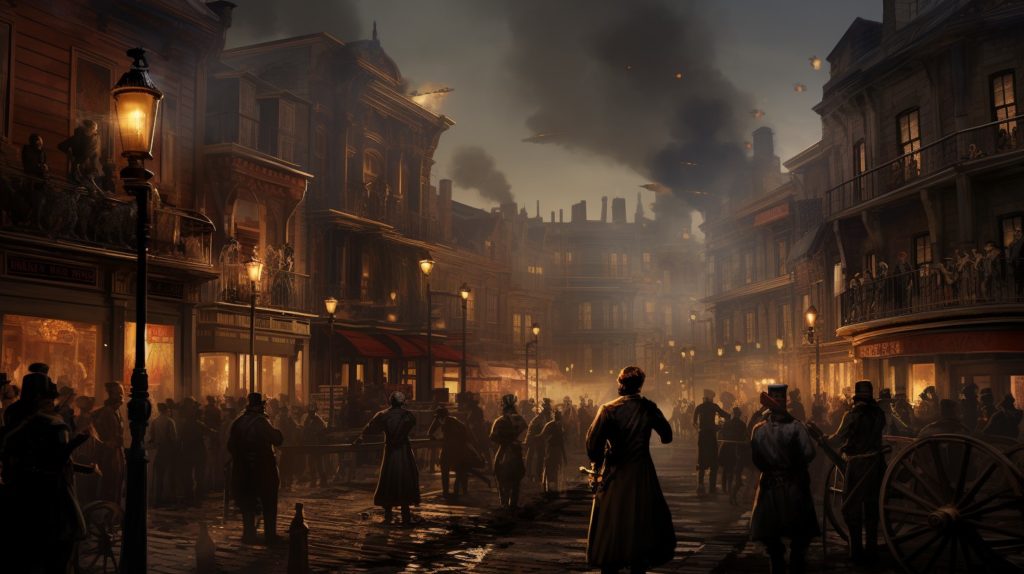
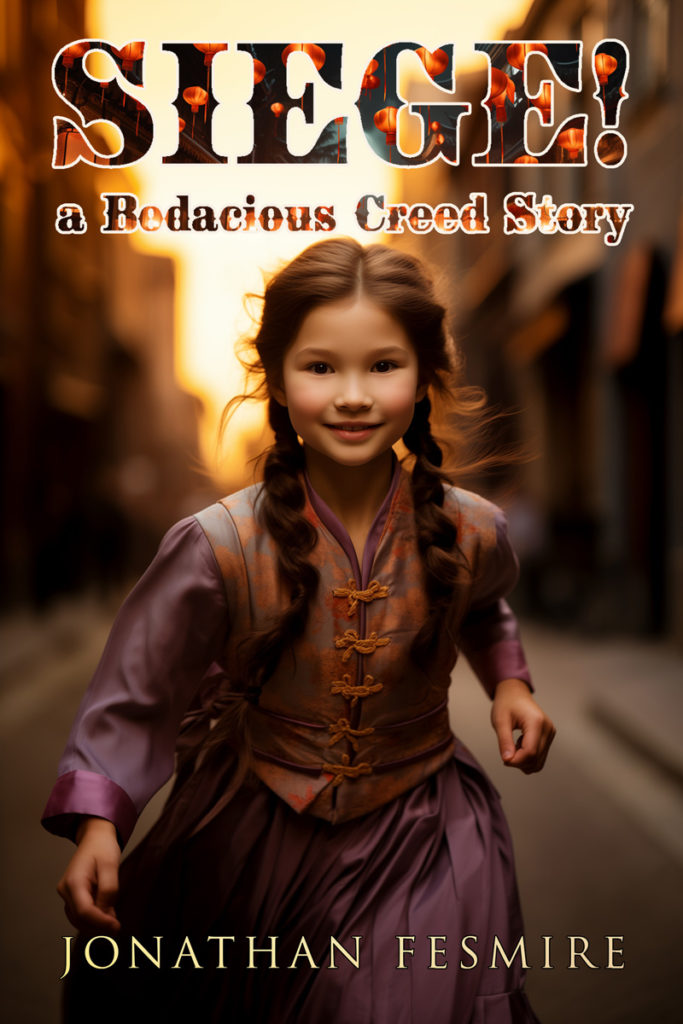 In my Creedverse, this historical backdrop sets the stage for
In my Creedverse, this historical backdrop sets the stage for 